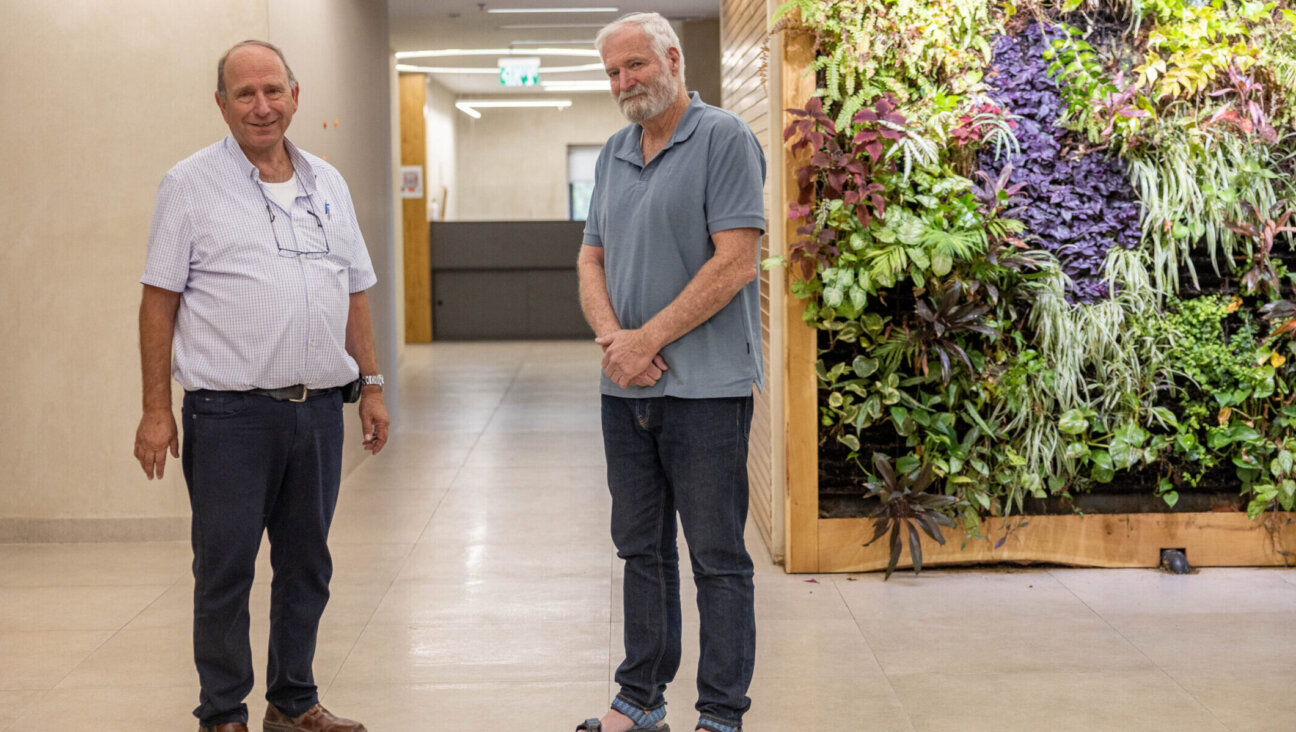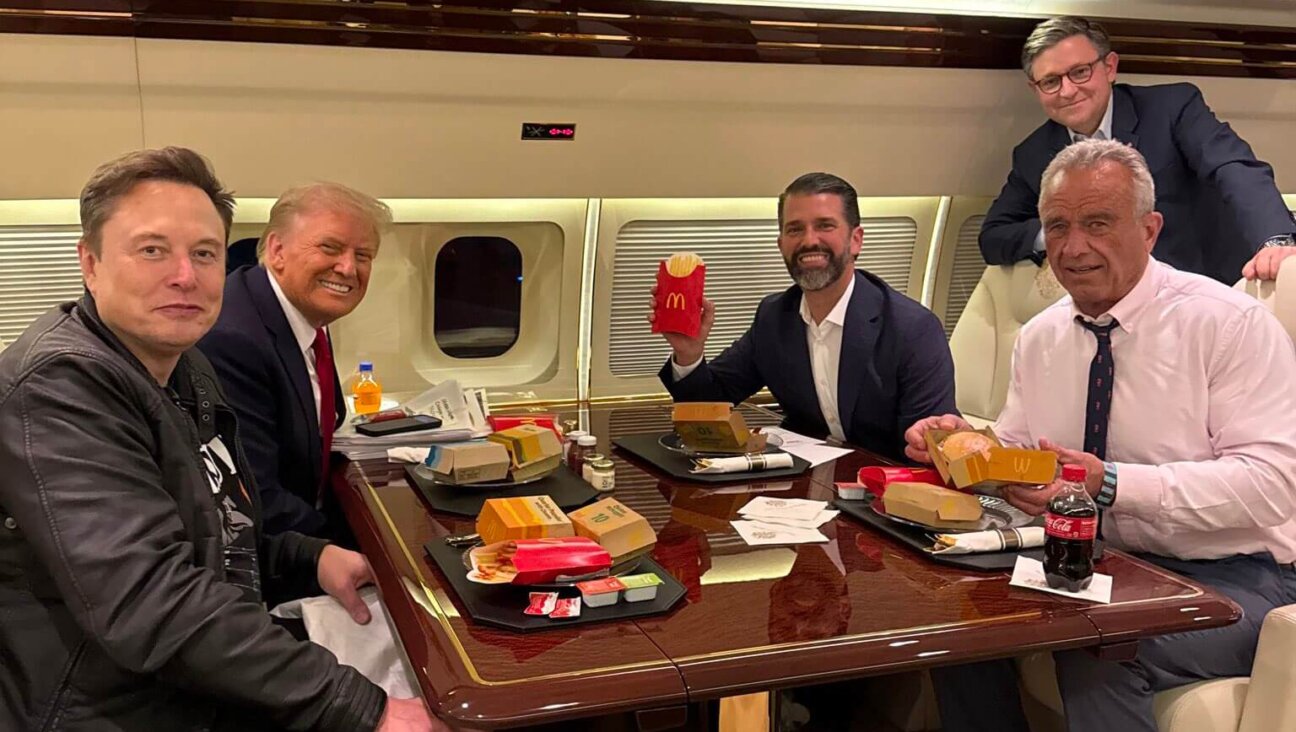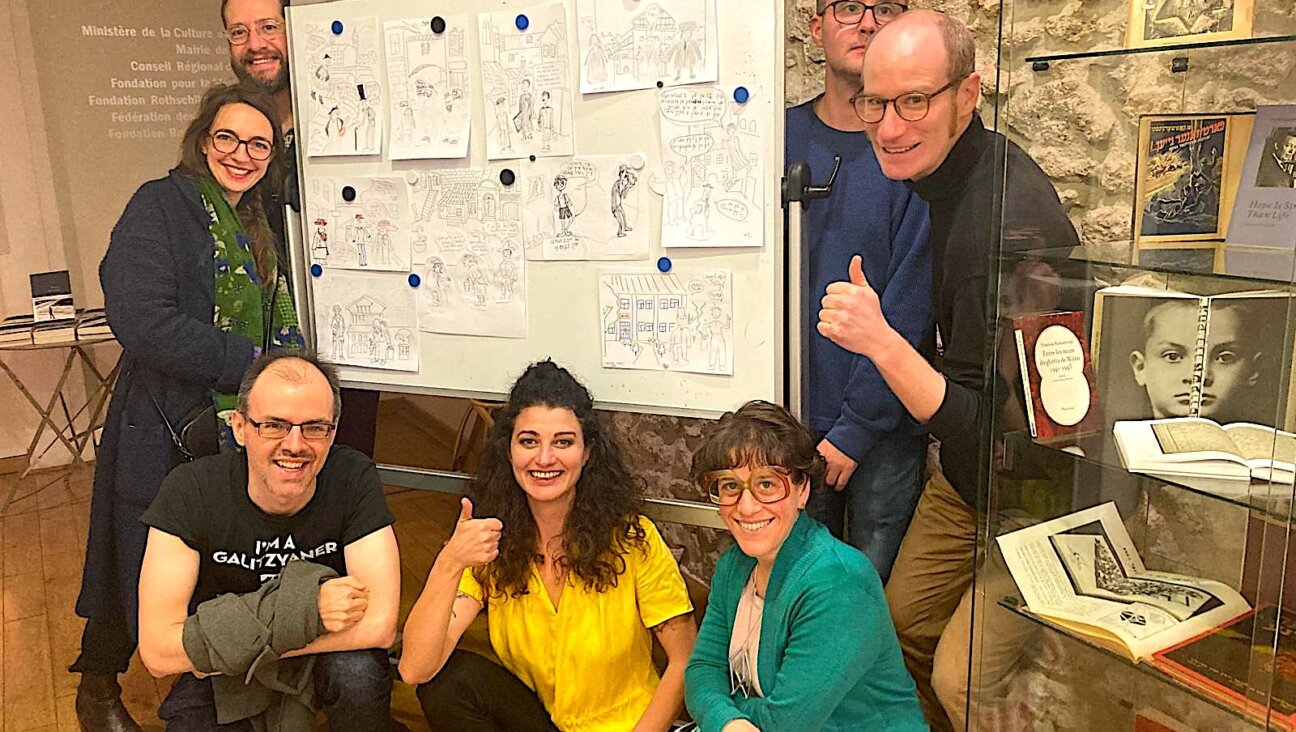Spotlight on Women’s Health
KATI MARTON AND NOBEL LAUREATE MUHAMMAD YUNUS HONORED AT INTERNATIONAL WOMEN’S HEALTH COALITION GALA
“In my travels, I have learned that if the world is going to be saved, it will be women who will do the saving,” said Kati Marton, who, with 2006 Nobel Peace Prize winner Muhammad Yunus, was honored at the February 12 International Women’s Health Coalition gala at Cipriani 42nd Street. Dr. Bernard Kouchner, 1999 Nobel Peace Prize winner and founder of Medecins Sans Frontières — Doctors Without Borders — introduced Marton. Kouchner said he “crossed the ocean for just these three minutes.” Marton, chair of the IWHC board of directors since 2003, lamented the “silence” against “rape as a weapon of choice in the war in the Congo” and expressed outrage at “the age-old custom of vaginal cutting… a form of subjugation affecting [according to the World Health Organization] 100 to 140 million girls.”
Marton is the author of “The Great Escape: Nine Jews Who Fled Hitler and Changed the World” (Simon & Schuster, 2006) and “Hidden Power: Presidential Marriages That Shaped Our Recent History” (Pantheon, 2001). She informed: “I am working on a book about my parents’ arrest and trial on fake charges of spying for the U.S. during my Budapest childhood…. Though my parents’ bylines were known in the West, their arrest went unreported by the American press as they languished in a communist prison. Both the press and the State Department decided [that] calling attention to their plight would only make things worse for them. How wrong they were! The secret police used that silence to torment my mother and father: ‘You see, nobody cares about you in the West. You are forgotten.’ Our silence never helps the victims — whether [it be] violence against women, child marriage of females, female circumcision or the need for more people to get tested for AIDS.”
“The best borrowers are women,” Yunus said. The Nobel laureate is the founder of Grameen Bank, which is a microcredit institution that provides tiny amounts of working capital to the poor in Bangladesh, without collateral, for self-employment. (His book “Banker to the Poor: Micro-lending and the Battle Against World Poverty,” originally published in 1999, has been translated into 17 languages.) Speaking softly, he told the guests: “I was critical of the existing banking system because it rejected poor people who had to resort to loan sharks and was not open to women… I fought husbands and religious leaders in the villages…. And now the women live productive lives. To date, there have been 7.5 million borrowers — 97% women.” He informed: “One hundred percent of one generation of children [who were borrowers] are in school. They are literate, in high school, college, medical school, 1,000 students in university…. Now, the newly educated say, ‘Now help us find jobs!’” Yunus told them that their attitude should be: “‘I shall never seek a job from anybody. I will create jobs.’ If you get frustrated — just look at your mothers! Your mothers own a bank.” In 1984, Yunus introduced a “housing loan” program. “Women did not qualify; we changed it to a shelter loan,” he explained. “They rejected it; named it a factory loan, since the women’s house was a factory. Rejected once more.” Yunus suggested the women get title to their homes — unheard of in a society where the husband can simply say, “I divorce you, I divorce you, I divorce you,” and throw the wife and the children out into the street and poverty. Yunus managed to convince the women to have their husbands turn over title to them. It was the women who had become major breadwinners. “Of 600,000 housing loans,” Yunus said, “so far, not a single divorce! [If there was a problem] it was the husband who has to go out of the house.”
Journalist Judy Woodruff served as the evening’s mistress of ceremonies, and among the black-tie crowd were Marton’s husband, Richard Holbrooke; her children, Elizabeth and Christopher Jennings, and friend and event co-chair Diana Taylor.
“LIVE AND BECOME”: COMING TO TERMS WITH AN ADOPTED IDENTITY
In “Live and Become,” a film that opens with the secret 1985 “Operation Moses” airlift to Israel of Ethiopian Jews stranded in a desert camp, a Christian mother urges her 9-year-old son to replace a Jewish boy and thereby “live and become,” setting in motion years of separation and identity trauma. Given the name Schlomo, the boy is adopted by Yoram and Yael, a loving French-Hebrew speaking left-wing family. But hovering above him like a Chagallian fiddler of guilt is the fear of being found out. One reviewer suggested this was a “Sophie’s Choice” scenario. In no way is Schlomo’s fate comparable with that of thousands of European Jewish children whose parents — like those of Abraham Foxman, national director of the Anti-Defamation League — handed them over to Christian nannies “to live and become” before the parents were sent off to concentration camps, not knowing if they would live to see their children again. Sophie was forced to pick which of her two children to send to death in Auschwitz’s gas chamber. But Schlomo matures, becomes fluent in Hebrew and French, gets a Judaic education and has a future.
As a youngster he experiences racist episodes in school. The parents of his classmates want him expelled because they fear he might have a communicable African disease. Yael licks his face to prove he is not contagious (she probably had more bacteria on her tongue than he did on his skin). Romance enters the picture as redheaded, sexy fellow student Sarah falls for Schlomo, but her father threatens to kill him if he comes near her. Still she pursues him for 10 years until they finally they get married — without her family’s blessing.
Among some “authentic” Israeli moments showcased in the film, writer-director Radu Mihaileanu opts to highlight an attempt to re-circumcise a group of Ethiopian boys who flee en masse from a mohel holding a surgical scalpel. In another scene, we witness a roundup of “illegals” — Ethiopians and Russians who passed themselves off as Jews. As an adult, Schlomo is a medic in the Israeli army and aids an Arab child (there is no indication of which intifada). But a hostile Arab father snatches the boy away, and Schlomo’s Israeli superior warns him to help “his own.” By the time Sarah and Schlomo have a child, Schlomo is a volunteer doctor with — you guessed it — Doctors Without Borders, somewhere in either Ethiopia or Sudan.… Won’t give away the ending. And yes, I do recommend the movie — flawed though it is.
Mihaileanu has attempted to pack in so much of Israel’s recent history that unless you have been a decades’ long reader of Israeli or Jewish publications, you can’t figure out whether the siren warning everyone to head to bomb shelters and don gas masks refers to a Scuds attack? What year? Who was attacking Israel? Rabin is murdered. Why, when by whom? Where do his sympathies lie? Why so much emphasis on the left wing as Israel’s seeming only humane position? Are there no decent middle-of-the-road Israelis? (Is there even such a genre?). The film has won 18 out of Audience Awards at American festivals, as well as France’s Cesar (Oscar) in 2005. The movie is in French, Hebrew and Amharic, with adequate English subtitles. Great film for a group discussion.
A message from our CEO & publisher Rachel Fishman Feddersen

I hope you appreciated this article. Before you go, I’d like to ask you to please support the Forward’s award-winning, nonprofit journalism during this critical time.
We’ve set a goal to raise $260,000 by December 31. That’s an ambitious goal, but one that will give us the resources we need to invest in the high quality news, opinion, analysis and cultural coverage that isn’t available anywhere else.
If you feel inspired to make an impact, now is the time to give something back. Join us as a member at your most generous level.
— Rachel Fishman Feddersen, Publisher and CEO






















